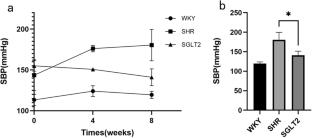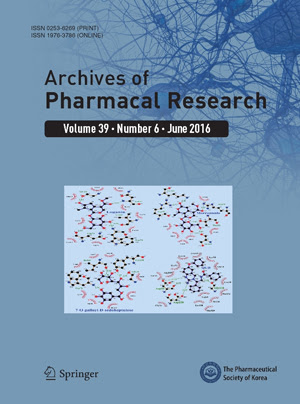Dapagliflozin attenuates myocardial remodeling in hypertension by activating the circadian rhythm signaling pathway
Abstract
Sodium-glucose cotransporter 2 inhibitor (SGLT2i) is a new kind of antidiabetic drug which has shown beneficial effects in reducing heart failure-related hospitalization and cardiovascular-related mortality. The mechanisms are complicated. Our study aimed to investigate the effects of dapagliflozin on the myocardium of spontaneously hypertensive rats (SHRs) without heart failure. Wistar-Kyoto rats were used as normal controls. SHRs were randomly divided into the SHR group and the -treated group. After 8 weeks of dapagliflozin treatment, the morphology of heart tissues was examined. The mRNA expression profiles were identified via RNA sequencing (RNA-Seq). Various analysis methods were used to find the differentially expressed genes (DEGs) to predict gene function and coexpression. After dapagliflozin treatment, systolic blood pressure was significantly reduced compared with that in the SHR group. Myocardial remodeling was ameliorated compared with that in the SHR group. After dapagliflozin intervention, 75 DEGs (|log2-fold change | > 0 and Q value < 0.05) were identified in the heart tissues compared to the SHR group. Quantitative real-time PCR analysis confirmed that the expression of the circadian rhythm genes Per3, Bhlhe41, and Nr1d1 was significantly upregulated, while the results were coincident with the RNA-Seq results. Dapagliflozin may effectively inhibit myocardial remodeling and regulate blood pressure. The mechanisms may be related to the activation of the circadian rhythm signaling pathway.


 求助内容:
求助内容: 应助结果提醒方式:
应助结果提醒方式:


